Is PRP really effective against alopecia? Yes, but not in all cases of alopecia and provided that the follicles are still active.
Hair loss today affects both men and women, sometimes even as young as 20, for hormonal, emotional or genetic reasons.
Faced with this situation, many people are turning to PRP hair treatment . But is it really effective for patients with alopecia? And more importantly, for which types of alopecia does PRP work best ? We'll answer your questions right away.
What is PRP for hair?
PRP (Platelet Rich Plasma) is a procedure that uses your own blood to boost hair growth and awaken your dormant follicles.
How is the treatment performed? After a simple blood test, the plasma is extracted and then reinjected into the areas affected by hair loss.
The platelets contained in the plasma are rich in growth factors, which, once reinjected, strengthen weakened follicles, awaken follicle stem cells and activate microcirculation around the bulb, thus helping to restart the hair growth cycle, increase the thickness of existing hair and slow down hair loss.
What are the most common forms of alopecia?
Alopecia is a form of partial or total hair loss and can be reversible or permanent, depending on the type of alopecia. It can take different forms: well-defined areas, thinning hair, patchy hair loss, etc.
To find out your type of alopecia, it is important to have a medical diagnosis to understand the cause of the hair loss and to know if PRP is right for you.
Here are the three most common forms of alopecia:
Androgenetic alopecia (hormonal and genetic cause)
Its particularities:
-
It affects both women and men and is the most common form.
-
It is caused by increased sensitivity of the follicles to DHT, a hormone derived from testosterone, leading to progressive miniaturization of the follicles.
-
Hair loss is gradual. In men, hair loss begins at the temples and crown of the head. In women, there is an overall loss of hair density, particularly at the parting.
Telogen effluvium (cause: stress, fatigue, childbirth, deficiencies)
Its particularities:
-
It's sudden.
-
It usually affects the entire scalp.
-
Abundant but temporary hair loss.
-
Telogen effluvium is often triggered in response to certain factors, including: acute stress, nutritional deficiencies (iron, zinc, vitamin D, etc.), intense fatigue, hormonal changes or medical treatments, and after childbirth.
-
Hair loss is reversible because it is an imbalance in the hair cycle and not a destruction of the follicles.
Alopecia areata (autoimmune origin)
Its particularities:
-
Autoimmune origin. The immune system attacks hair follicles, causing them to malfunction and localized inflammation, thus disrupting hair growth.
-
Hair loss in patches, often in round, smooth areas, on the scalp, beard or eyebrows.
-
Can appear at any age.
-
The progression of hair loss is unpredictable. Hair may grow back spontaneously, but relapses are possible.
Scarring alopecia
Its particularities:
-
Irreversible destruction of hair follicles preventing any new regrowth.
-
Caused by infections, autoimmune diseases and trauma.
-
The fall can progress slowly or aggressively.
-
It is accompanied by associated symptoms such as itching, burning, redness or pain on the scalp.
-
Requires a scalp biopsy to diagnose alopecia.
-
The affected areas are devoid of visible follicles.
Is PRP effective against different forms of alopecia?
Effectiveness of PRP against androgenetic alopecia
The response of androgenic alopecia to PRP treatment is potentially high, particularly when the follicles are still active and in the case of younger patients or those in the early stages of alopecia. Candidates notice a reduction in hair loss as early as the 2nd or 3rd session.
However, in cases of advanced baldness, the results are limited.
Effectiveness of PRP against telogen effluvium
Hair follicles during telogen effluvium are not destroyed, but simply unbalanced, causing a large number of hairs to prematurely enter the resting phase (telogen).
PRP professionals confirm its effectiveness in slowing hair loss in cases of telogen effluvium and supporting regrowth thanks to the powers of growth factors which allow:
-
prolong the anagen (growth) phase
-
or to interrupt the resting phase and allows an accelerated return to the anagen phase.
PRP is effective in women after childbirth or in people who have experienced significant fatigue or a period of intense stress.
Effectiveness of PRP against alopecia areata
Unlike in previous cases, the main cause of the problem is inflammatory and immune-related. As for the effectiveness of PRP against alopecia areata, the result probably depends on the disease activity and the patient's immunological profile.
But yes, PRP is also effective in the case of alopecia areata. You can learn more by reading this study . However, the results remain variable and PRP, in this case, can be used in addition to medical treatment.
Effectiveness of PRP against scarring alopecia
Scarring alopecia is a type of irreversible hair loss, as it results from the permanent destruction of hair follicles. PRP works by stimulating existing follicles. Therefore, PRP is ineffective once these follicles have disappeared.
The most common solution in this case is a hair transplant. However, you can undergo PRP treatment after a transplant to strengthen the implanted hair and stimulate regrowth.
What can you actually expect with PRP?
Results are often more visible after the 3rd session. A PRP hair protocol is generally carried out in 3 to 4 sessions spaced 4 weeks apart. Then, 1 maintenance session every 4 to 6 months to maintain the results.
Please note that PRP does not have an instant effect; it works gradually. The first effects generally appear after 2 to 3 months, with a reduction in hair loss. And around 4 to 6 months, hair density and vitality begin to improve.
Book a free consultation for a personalized diagnosis with sssKin
Each hair loss has a different origin: hormonal, genetic, reactive, or inflammatory. This is why an accurate hair diagnosis is essential before considering PRP treatment.
Book an appointment now and find out if PRP is a truly effective option for you.










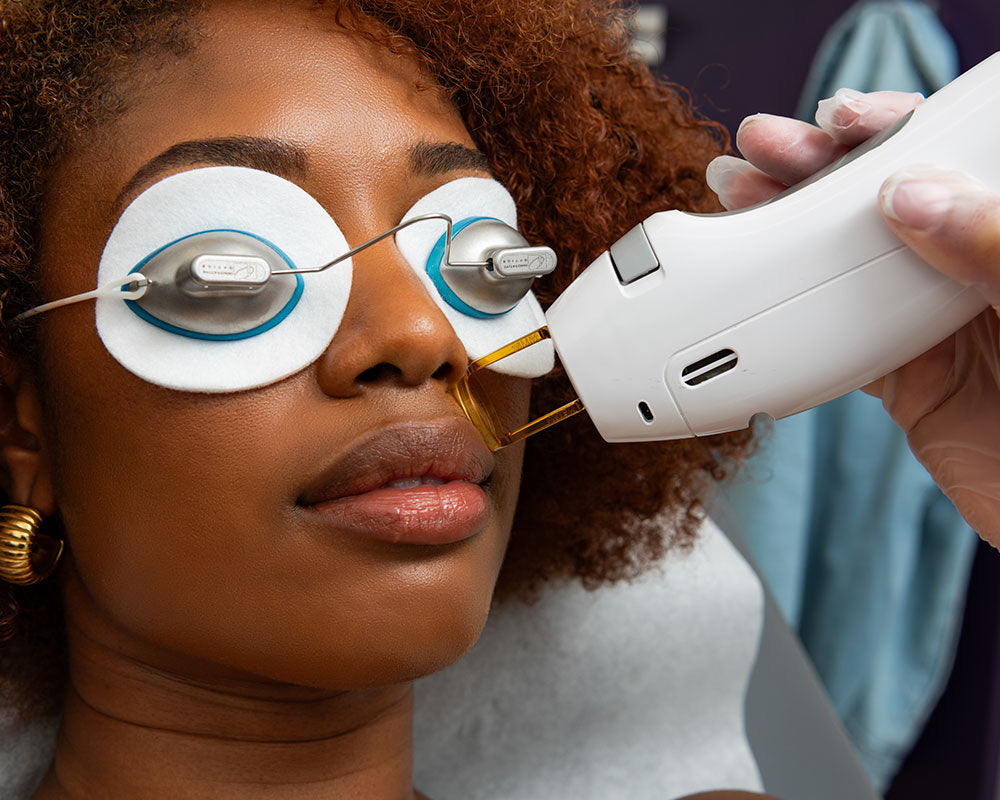
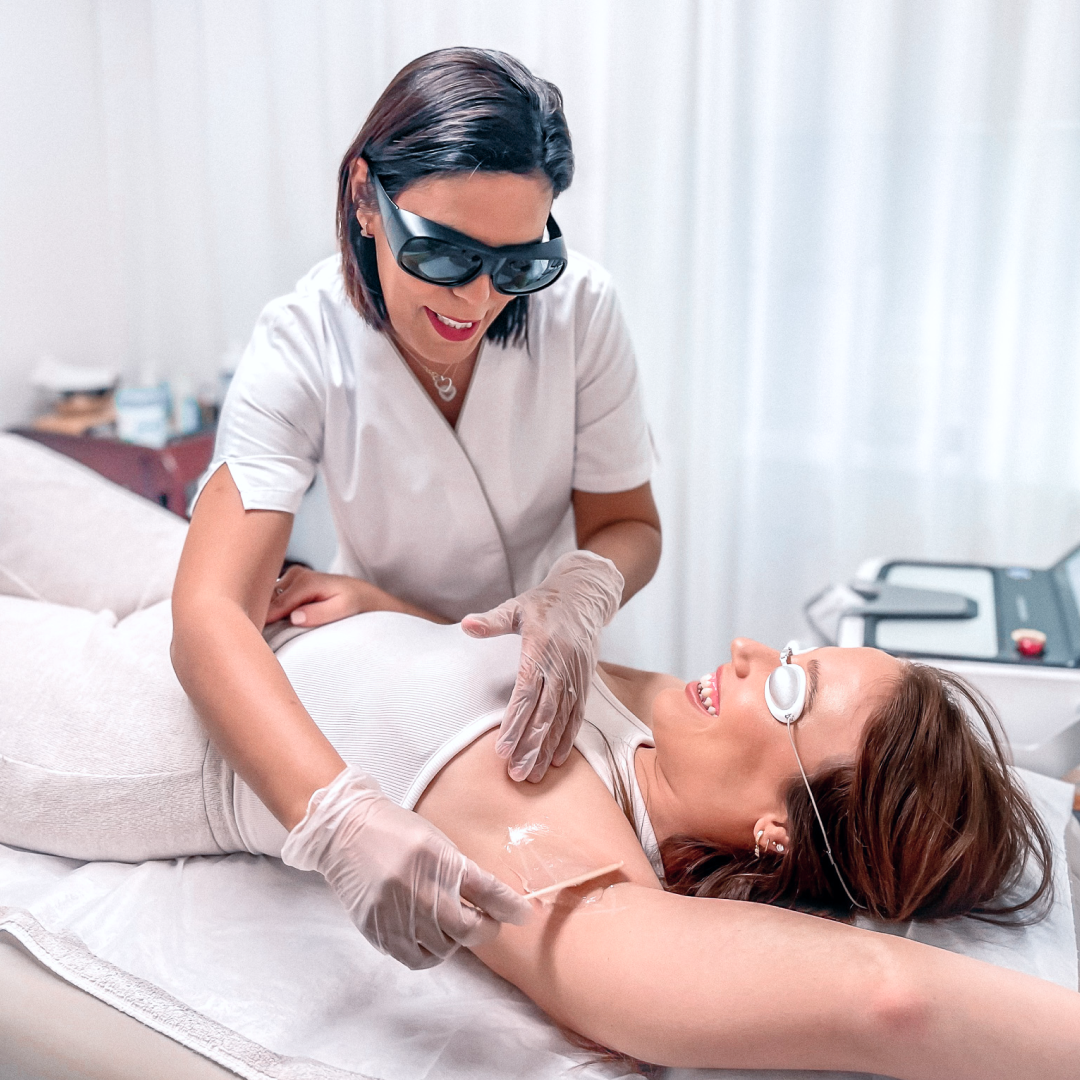
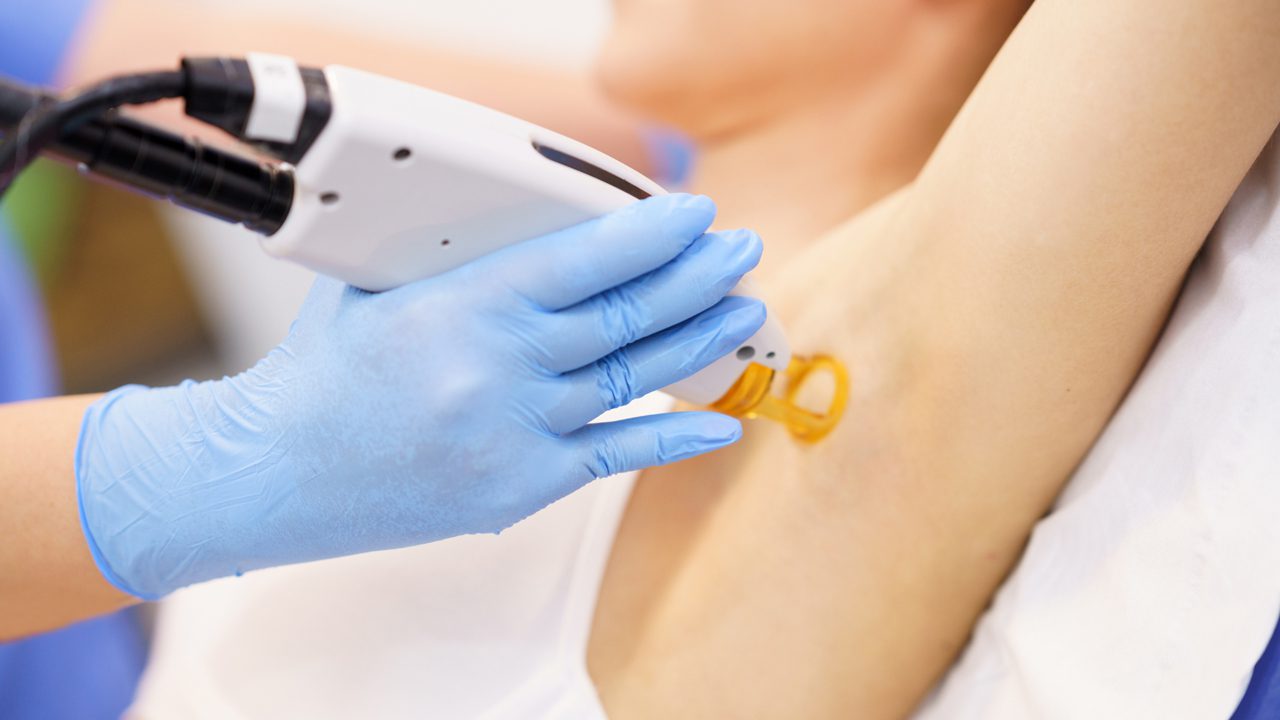
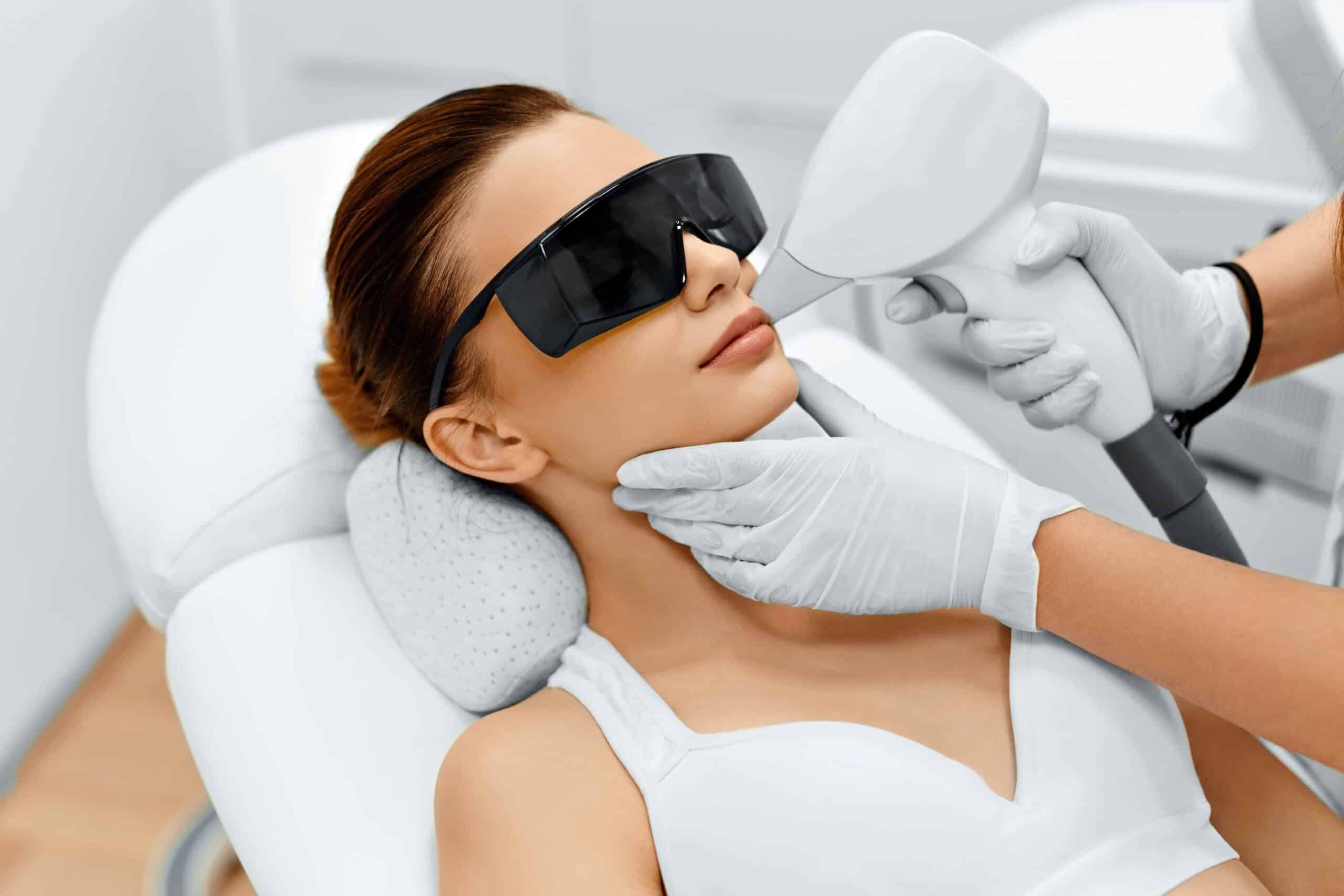
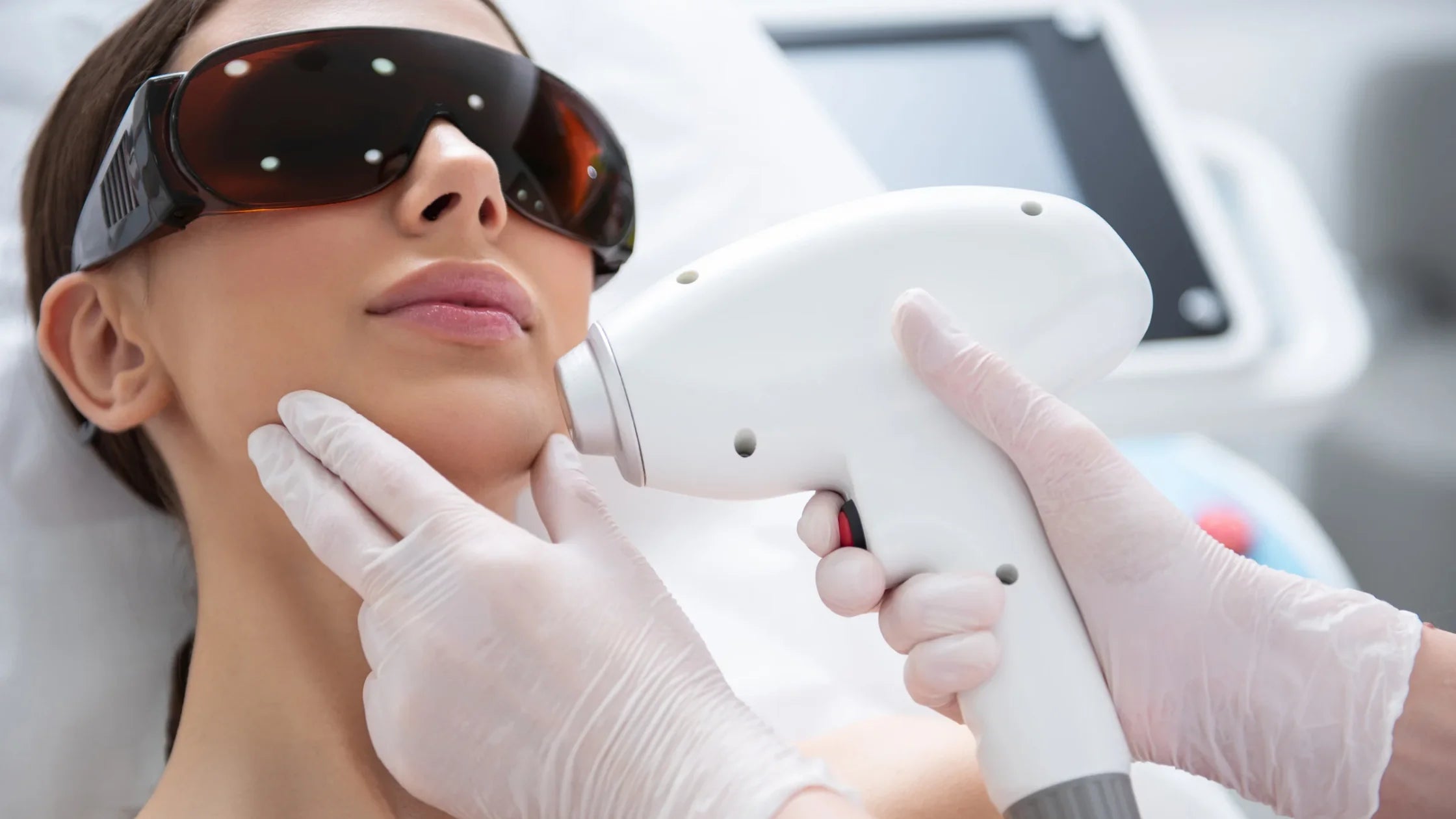

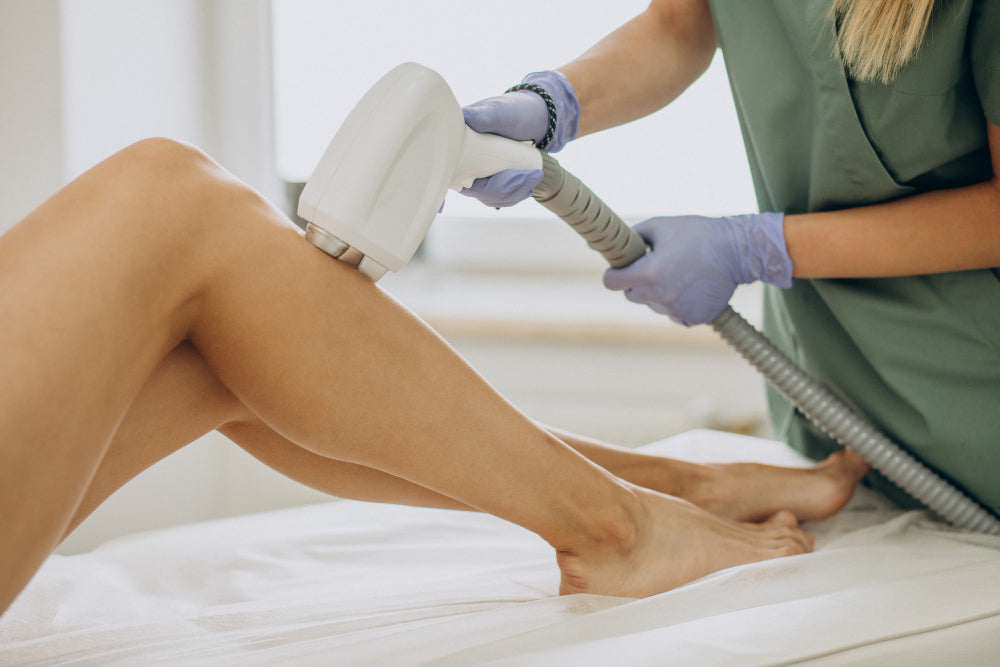


Share: